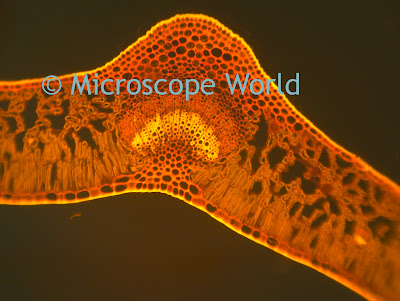One of the largest, best preserved and oldest archaeological sites in the world is located in southern Anatolia in Turkey. It has been studied in depth since its discovery in the 1950s by James Mellaart. Catalhoyuk was an active settlement for more than one thousand years in the Neolithic Period around 7400 BC through 6000 BC. The findings of artwork, tools and other artifacts combined with the layout of the homes and public buildings reveal an urban society with a complex social organization.
Details of the lives of these ancient people, what they ate, how they lived, and ritual practices such as burials have been more difficult to glean from the existing methods of archaeological examination. A recent development of adding a compound microscope to the tools utilized has yielded a wealth of information about these people living almost 10,000 years ago.
Lisa Marie Shillito, currently at the University of York, has used the technique referred to as "microarchaeology" to examine deposits at high resolution and identify food remains, bone fragments, crafts, tools, pottery materials, and ash from fires. Samples were prepared by setting blocks of sediment on resin, slicing and grounding down the sections so they could be examined with a
polarized microscope equipped with a
digital camera and imaging software to aid in analysis.
The
thin-section micromorphology technique gives a more subtle understanding of these ancient people, their routines, practices and even values. For instance, their homes were kept clean with frequent re-plastering of the walls and well maintained living quarters. The rubbish was maintained in well defined areas called middens which yielded ash and decayed organic materials including human waste which shows a diet that included cereals, seeds and meat.
Microscopic examination of the ash reveals that animal dung was used as fuel.
Ovicaprid dung pellet close up showing reed stems.
This image is a partially burnt bone from the South area. Funerary rituals are inferred by the materials found with the bones, both plant materials and the impressions made by baskets and mats that had been placed with skeletons.
You can view a video of the Ankara Museum of Anatolian civilization
here.
The value of microscopy in this exciting work cannot be overestimated and will continue to yield more information in archaeology just as it does in the other fields of science and medicine. The microscope is and always has been, a tool of discovery.





































